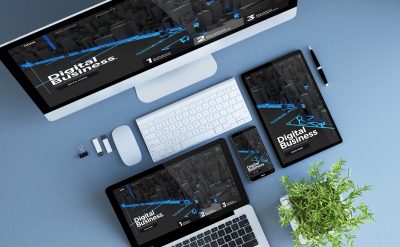Multi-factor authentication is becoming a common security strategy to deal with remote workers security challenges and along with it, we are seeing an increased rise in the zero-trust as another security framework that is gaining traction. The recent report by the Okta on Tuesday highlighted that enterprises are looking to adopt the remote workforce along with third-party contractors that bring required operational skills for the project however they add inherent security issues to the network. The survey was conducted for more than 1,000 decision makers across several sectors, 63 percent of those added that they are expecting to add some kind of third-party workforce to the enterprises. While close to 63 percent said that they are eyeing increase in a number of remote workers. Such addition in the workforce also adds security risk, almost 45 percent of the decision makers are avoiding the third party workforce due to security risks. The key challenge for the enterprises today is to have a security infrastructure that is tensile enough that it can adapt to various security challenge.
In response to such security threats more and more enterprises are looking towards the zero-trust, an approach towards the security infrastructure that provides privileges to no one. Zero-trust treats every employee or third-party contractor as a potential risk to complete network, making the networkable for any security challenge. Close to 34 percent of the decision makers agreed to have developed some form of strategy that includes zero-trust and is actively looking to completely secure the network with strategy. Another 25 percent of them agreed that they are creating a formal plan out of the zero-trust strategy, while 24 percent of them responded that they are considering the zero-trust as a security plan but currently don’t have any formal plans to implement it. To improve the login and improve the security of systems and data many enterprises are clearly looking towards the option of multi-factor authentication (MFA).
The multi-factor authentication demands a technology that can support the required authentication, close to 61 percent of the decision makers said that they are using security questions as a form of a security solution, while 54 percent have implemented the software based one time passwords. Currently, overall 52 percent of them agreed to have been using the SMS, voice verification and/or emailing the one-time passwords. While 36 percent of them agreed to have been adopting the physical keys and 2nd-factor authentication tokens. The survey by the Okta found a strong disconnect between the expectation to respond to any type of security breach and also the reality of how long such responses can actually take. After we concluded the survey we found that 73 percent of decision-makers said that then their enterprises will certainly respond to any security breach within 24 hours, while 78 percent said that they would respond to such breach immediately or within 24 hours. While 60 percent of the respondents have said that they are ready to handle any such type of security breach.
According to the recent survey by the Ponemon Institute 2018 Cost of data breach study found that on an average, enterprises took close to 197 days to identify a data breach and 69 days to even contain the breach. The time required to identify and contain the breach was highest when affected by the criminal attacks and lower for the cases of a breach occurring due to human error. The above survey included global enterprises with more than $1 billion in revenue that includes the response of more than 1000 decision makers from various industry verticals.
5 Strategies that are being widely followed by the enterprises to improve mobility workforce security
Two-Factor Authentication
In the two-factor authentication each time the employee wants to enter enterprise network they have to enter two passwords one personal and other being the one time password that is sent to the employee personal device. omelhortrato.com has implanted the two-factor authentication system just 8 months back and has been able to reduce the security breach by 38.2 percent for the complete network.
Using Cloud-Based Applications
As the workforce becomes more dynamic each person might be using several files simultaneously at any given time. Content Storage should be allowed only on the cloud, using the cloud or web-based sharing application for the documents editing. Using encryption tools for the emails and data, making the public wi-fi as a no-go system can also curb many of the risks. Implementing the contingency plan when to reduce data theft during the loss of any business related device.
Implementing the Network Policy
When it comes to securing your remote workers one of the first items that you need to develop is the policy of using the network, this policy should outline to complete network acceptable in the form of remote access. It gives a framework of how the data needs to be handled and what level of authorization is accepted. It should be precise to the level of device that can be used to access the data. Any connection that is being made to the business network should either be through VPN (Virtual Private Network) or Internet protocol Security to encrypt the communication from any remote location.
Endpoint Security
Installing the endpoint security protocols that can lead to improved data protection, and malware protection will provide a greater level of security assistance to IT engineers when the device will be actually responsible for holding a certain amount of corporate data.
Communication and Collaboration
Communication and collaboration are certainly two development features that can improve the security of the enterprise network and device connected with it. This will assist the team to understand which project the given employee is working and other colleagues who can track the complete project.
Conclusion
Enterprises are ready to employ wireless network to accommodate remote employees they are giving some of the physical control for data to such remote employees. Many of the current scenarios that are being implemented by enterprises need to follow a string of solutions with the business approaches towards securing the complete network.
To know more, you can download our recent whitepapers.














